Let me share how I discovered Kaleskes during my vacation in Dagupan City last summer. I was walking down the street one rainy evening when I smelled something amazing coming from a small eatery. Inside, I met Aling Celia, who wasn't just a cook – she became my teacher.
This soup might look simple, but don't let that fool you. It's a bowl of tender beef parts in a rich, flavorful broth that's been warming Filipino hearts for generations. What I love most about Kaleskes is how it takes ingredients that some might overlook and turns them into something so delicious that people line up for it, especially on cold days or during inuman sessions.
When Aling Celia taught me this recipe in her kitchen, she made it so simple that even a beginner cook like me could master it. Now I make it at home in Bataan, and my friends say it tastes just like the ones they've had in Dagupan.
If you've never tried cooking with these ingredients before, don't worry, I'll guide you through each step just like Aling Celia guided me.
Where to Try in Dagupan
Visit the famous Kaleskesan restaurant in Dagupan City for the authentic experience. Best times to visit are early morning or late afternoon when the soup is freshly made.
Jump to:
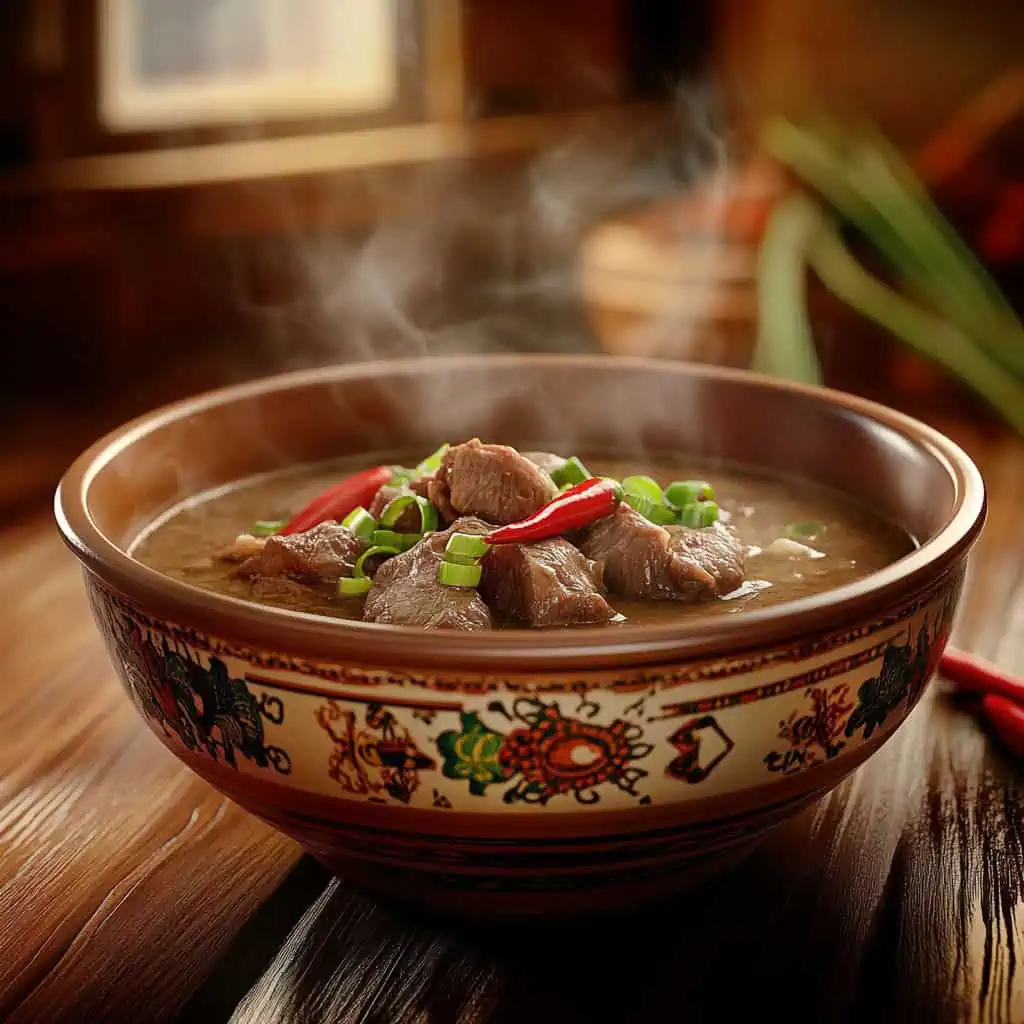
Why You'll Love This Recipe
- Authentic Heritage: Experience the true taste of Dagupan's street food culture
- Rich in Flavor: Deep, complex broth with tender, well-cooked offal
- Perfect for Gatherings: Traditional pulutan (appetizer) for social drinking
- Budget-Friendly: Makes use of affordable but nutritious ingredients
- Customizable: Adjust ingredients according to your preference
Ingredients
Each component of Kaleskes plays an essential role in creating its distinctive flavor. The offal provides hearty texture and rich protein, while bay leaves and peppercorns help remove gaminess.
Annatto oil gives the soup its signature color, garlic and onions create a savory base, and vinegar both tenderizes the meat and adds brightness. The bird's eye chilies provide customizable heat that balances the richness of the broth.
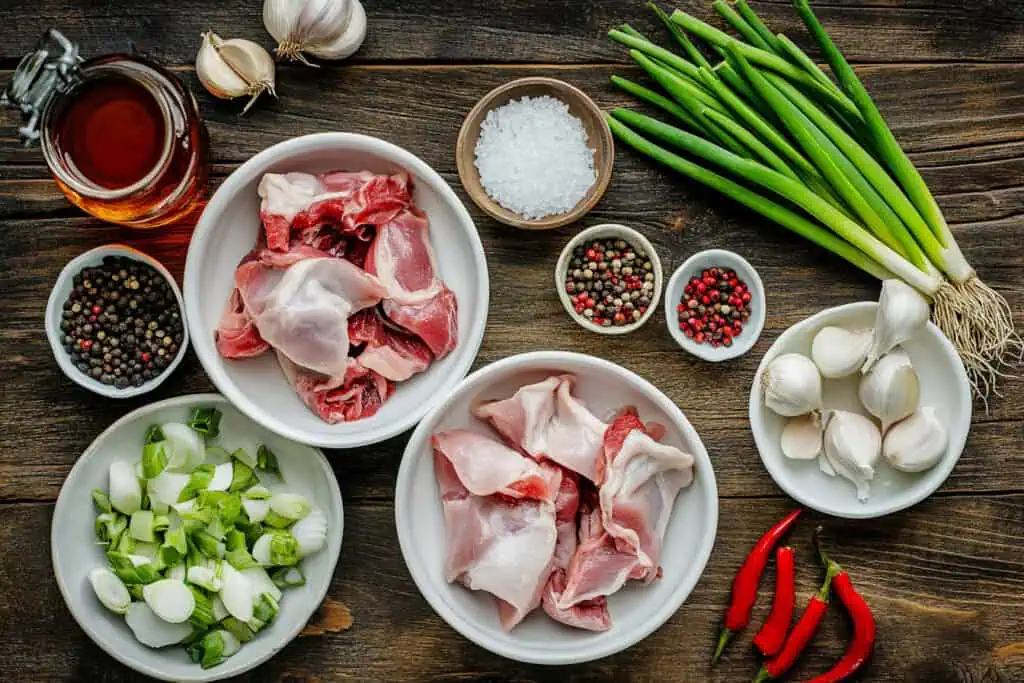
For the Offal:
- 250 g beef intestines
- 250 g beef tripe
- 250 g beef book tripe/bible tripe
- Water for boiling
- 2 bay leaves
- 1 tablespoon whole black peppercorns
For the Soup:
- 5 teaspoons annatto oil
- 1 white onion, finely chopped
- 4 cloves garlic, minced
- 60 ml (¼ cup) vinegar
- Salt and pepper to taste
- 6-8 cups beef stock or water
- Green onions for garnish
- Bird's eye chilies for garnish
Equipment
- Large stockpot (kaldero) - For boiling offal and making the soup; ensures even cooking and prevents overflow
- Sharp knife - For precise cutting of ingredients; dull knives can damage the texture of offal
- Cutting board - For preparation of ingredients; preferably use a separate one for meat
- Strainer - For cleaning offal thoroughly and removing impurities
- Heavy-bottom pan (kawali) - For sautéing aromatics; distributes heat evenly for better flavor development
- Ladle (sandok) - For serving and stirring; helps skim off impurities during cooking
- Measuring cups and spoons - For accurate measurements; crucial for balanced flavors
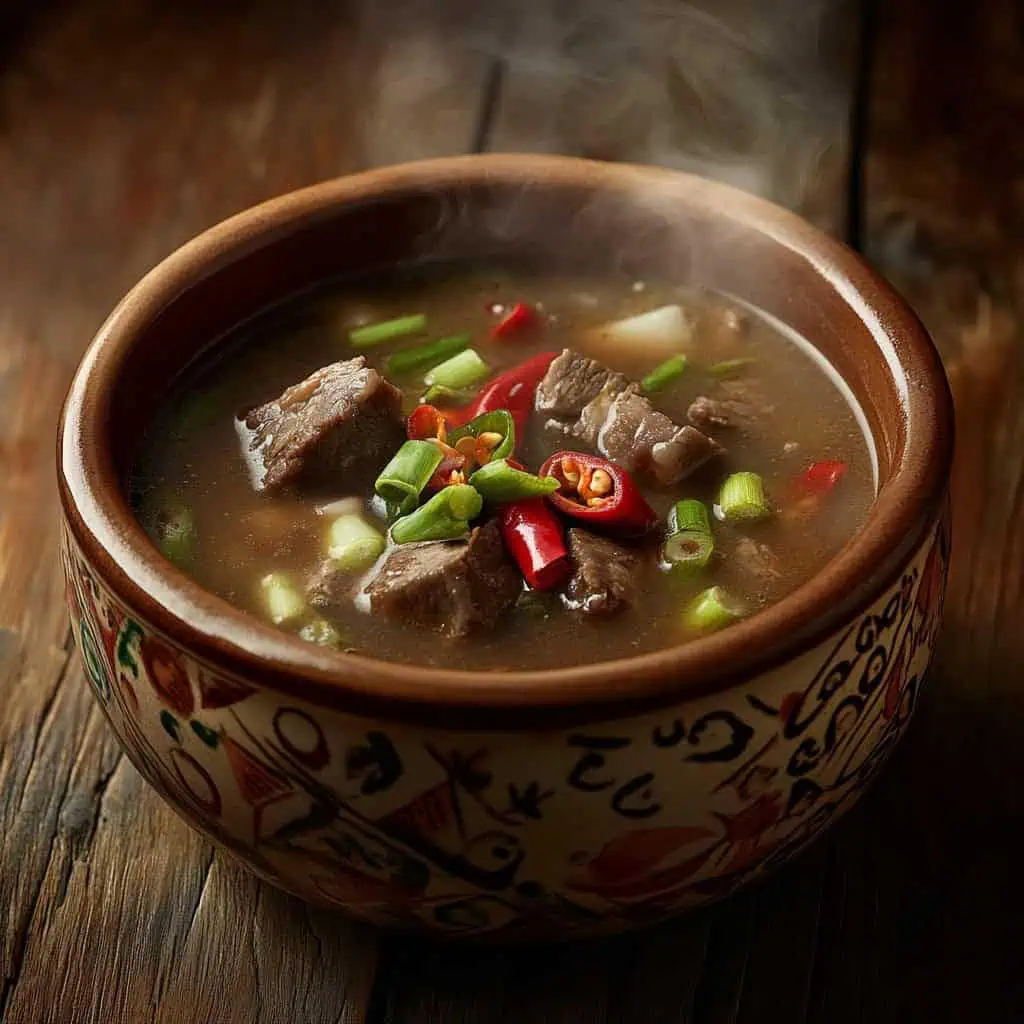
How To Make
- Clean and prepare the offal: Clean all offal thoroughly under running water until the water runs clear. In a large pot, add the cleaned offal, bay leaves, and whole peppercorns, then cover with water. Bring to a boil over high heat (200°C). Once boiling, reduce heat to medium-low (150°C) and simmer for 2 hours or until the offal is tender when pierced with a fork. Remove offal from the pot and cut into bite-sized pieces.
- Create the flavor base: Heat annatto oil in a heavy-bottom pan over medium heat (170°C). Add minced garlic and sauté for 30 seconds until fragrant. Add chopped white onions and cook for 2-3 minutes until they become translucent. Add the cut offal pieces to the pan and stir-fry for 2-3 minutes to let them absorb the flavors.
- Simmer the soup: Pour in the beef stock and vinegar. Let the soup simmer for 20 minutes over medium-low heat (150°C). Taste and season with salt and pepper until you're happy with the flavor.
- Serve: Once done, ladle the hot soup into serving bowls. Top each bowl with chopped green onions and sliced bird's eye chilies for garnish. Serve immediately while hot.
Pro Tip: To serve traditionally, place extra chilies and patis (fish sauce) on the table so everyone can adjust the heat and saltiness to their taste. For best results, enjoy with hot steamed rice or as pulutan (appetizer) with ice-cold beer.
Note: Remember to remove any scum that rises to the surface during the initial boiling of the offal for a cleaner-tasting soup.

Tips from Lola's Kitchen
- Double-boiling method: For cleaner offal, boil once for 5 minutes, discard the water, and then boil again with fresh water. This removes any unpleasant odors and impurities.
- Add aromatics: Throw in a stalk of lemongrass (tanglad) during the boiling process for extra fragrance and flavor complexity.
- Patience is key: The longer you simmer, the more flavorful the broth becomes. Don't rush this process - good Kaleskes needs time.
- Garlic technique: Toast the garlic slightly before adding other ingredients for a deeper, more complex flavor profile.
- Vinegar matters: Use native vinegar (sukang Iloko) for the most authentic taste. The slight fermented flavor adds depth to the broth.
- Clear broth secret: Skim the surface frequently during simmering to remove impurities for a clearer, cleaner-tasting broth.
- Cutting technique: For the best texture, cut offal against the grain into bite-sized pieces that are easy to eat but substantial enough to hold their shape.
Substitutions
- Beef tripe → Goat tripe: Provides a similar texture with a slightly stronger flavor
- Annatto oil → Regular cooking oil + annatto powder: Stir 1 tablespoon annatto powder into 5 tablespoons hot oil and strain
- White onion → Red onion: Results in a slightly sweeter flavor profile
- Bird's eye chilies → Regular red chilies: For a milder heat while maintaining color and flavor
- Fresh garlic → Garlic powder: Use 1 teaspoon garlic powder to replace 4 cloves fresh garlic
- Beef intestines → Pork intestines: If beef isn't available, pork offers a suitable alternative
- Bay leaves → Dried oregano: Use half the amount for a different but complementary herbal note
Troubleshooting
- Offal is tough: Continue simmering until tender. Different cuts and sources may require different cooking times. The offal should easily yield to a fork when done.
- Broth is too thin: Simmer uncovered for an additional 15-20 minutes to reduce and concentrate flavors.
- Too salty: Add more water or drop in a few pieces of peeled potato chunks to absorb excess salt, then remove before serving.
- Broth is cloudy: Strain through cheesecloth or a fine-mesh strainer before final serving for a clearer presentation.
- Offal has strong smell: Add more vinegar (1 tablespoon at a time) during cooking and ensure proper cleaning before cooking.
- Not enough flavor: Add 1-2 tablespoons of patis (fish sauce) to enhance the umami quality of the broth.
- Too acidic: Add ½ teaspoon of sugar to balance the vinegar without compromising authenticity.
Storage & Reheating
- Refrigeration: Store in an airtight container for up to 3 days. The flavors often deepen overnight, making leftovers even more delicious.
- Freezing: Freeze in portion-sized containers for up to 2 months. Label with date and contents.
- Reheating: Gently simmer on stovetop until hot throughout (internal temperature of 165°F/74°C). Avoid using microwave as it can make the offal tough.
- Before storage: Always let cool completely before refrigerating or freezing to prevent bacterial growth.
- Separation: If fat solidifies on top during refrigeration, you can either remove it for a lighter soup or mix it back in for richer flavor.
- Refreshing: When reheating, add a splash of fresh stock or water if the soup has thickened too much during storage.
- Garnishes: Always add fresh garnishes like green onions after reheating, never before storage.
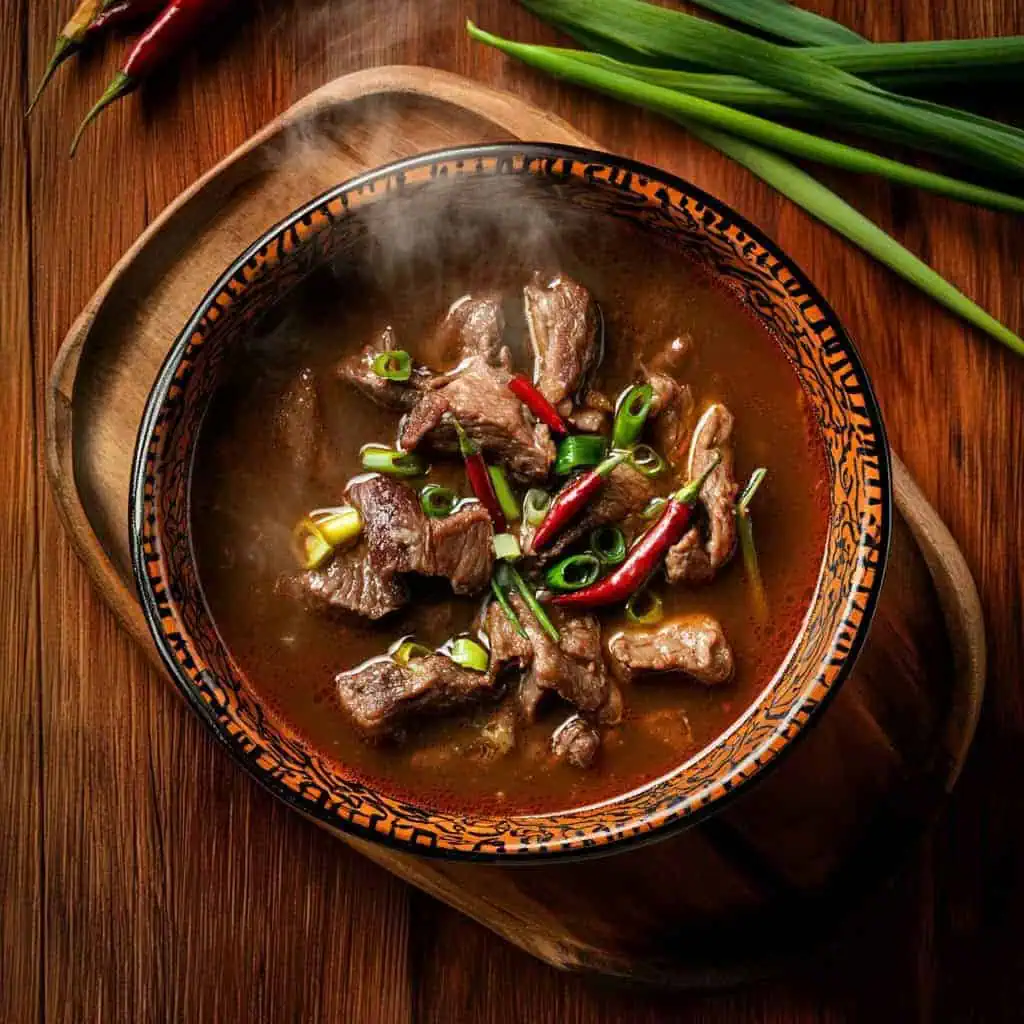
FAQ
Where can I buy offal ingredients?
Most wet markets (palengke) sell these ingredients. Look for trusted meat vendors or specialty offal sellers. Build a relationship with your butcher who can set aside the freshest parts for you.
How long should I cook the offal?
Cook until tender, usually about 2 hours for traditional cooking. Test by piercing with a fork - it should go through easily but the meat should still have some texture.
Can I use a pressure cooker?
Yes, you can reduce cooking time to about 40 minutes under pressure. Release pressure naturally for the most tender results.
How do I know when the offal is properly cooked?
The offal should be tender but still have a slight bite. Avoid overcooking as it can become mushy. It should be easily pierced with a fork but still hold its shape.
How long can I store Kaleskes?
Refrigerated for up to 3 days in an airtight container, or frozen for up to 2 months. Always reheat thoroughly before serving.
Is it necessary to clean the offal multiple times?
Yes, thorough cleaning is crucial for removing impurities and any unpleasant flavors. Multiple rinses and the parboiling method (boil briefly, discard water, then start fresh) are recommended.
Can I make this dish less fatty?
Yes, after cooking, you can refrigerate the soup and then remove the solidified fat layer from the top before reheating. This reduces fat content while preserving flavor.
What's the best way to serve Kaleskes at a gathering?
Serve in a large, pre-warmed tureen with individual serving bowls on the side. Provide separate dishes of sliced chilies, chopped green onions, and patis so guests can customize to their taste.
Related
Looking for other recipes like this? Try these:
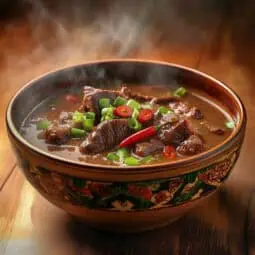
Authentic Dagupan Kaleskes (Carabao Offal Soup)
Equipment
- Large stockpot (kaldero) For boiling offal and making the soup
- Sharp knife (matalim na kutsilyo) For precise cutting of ingredients
- Cutting board (Sangkalan) For preparation of ingredients
- Strainer [Salaan] For cleaning offal
- Heavy-bottom pan (kawali) For sautéing aromatics
- Ladle - sandok For serving
- Measuring cups and spoons (Panukat) For accurate measurements
Ingredients
For the Offal:
- 250 g beef intestines bituka ng baka
- 250 g beef tripe tuwalya
- 250 g beef book tripe/bible tripe
- Water for boiling tubig
- 2 bay leaves dahon ng laurel
- 1 tablespoon whole black peppercorns pamintang buo
For the Soup:
- 5 teaspoons annatto oil atsuete oil
- 1 white onion sibuyas na puti, finely chopped
- 4 cloves garlic bawang, minced
- 60 ml ¼ cup vinegar suka
- Salt and Pepper asin at paminta to taste
- 6-8 cups beef stock or water
- Green onions dahon ng sibuyas for garnish
- Bird's eye chilies siling labuyo for garnish
Instructions
- Clean all offal thoroughly under running water until the water runs clear. In a large pot, add the cleaned offal, bay leaves, and whole peppercorns, then cover with water. Bring to a boil over high heat (200°C). Once boiling, reduce heat to medium-low (150°C) and simmer for 2 hours or until the offal is tender when pierced with a fork. Remove offal from the pot and cut into bite-sized pieces.
- Heat annatto oil in a heavy-bottom pan over medium heat (170°C). Add minced garlic and sauté for 30 seconds until fragrant. Add chopped white onions and cook for 2-3 minutes until they become translucent. Add the cut offal pieces to the pan and stir-fry for 2-3 minutes to let them absorb the flavors.
- Pour in the beef stock and vinegar. Let the soup simmer for 20 minutes over medium-low heat (150°C). Taste and season with salt and pepper until you're happy with the flavor. Once done, ladle the hot soup into serving bowls. Top each bowl with chopped green onions and sliced bird's eye chilies for garnish. Serve immediately while hot.
- To serve traditionally, place extra chilies and patis (fish sauce) on the table so everyone can adjust the heat and saltiness to their taste. For best results, enjoy with hot steamed rice or as pulutan (appetizer) with ice-cold beer.
- Note: Remember to remove any scum that rises to the surface during the initial boiling of the offal for a cleaner-tasting soup.
Tips from Lola's Kitchen
- For cleaner offal, boil once, discard water, and boil again with fresh water
- Add lemongrass (tanglad) during boiling for extra aromatics
- The longer you simmer, the more flavorful the broth becomes
- Toast garlic slightly for deeper flavor
- Use native vinegar (sukang Iloko) for authentic taste
Nutrition
The Story Behind Kaleskes
Walking through the streets of Dagupan City in Pangasinan, you'll notice something unique about this bustling coastal town. Among the seafood restaurants and bangus stalls, there's another local favorite that draws crowds - Kaleskes, a hearty offal soup that tells the story of Filipino resourcefulness and community.
The name "Kaleskes" comes from the Pangasinense word for intestines, reflecting how our ancestors made the most of every part of the animal. In the old days, when carabaos were essential for farming in Pangasinan's rice fields, families would gather to prepare special dishes from butchered animals. Nothing went to waste, and from this practice, Kaleskes was born.
What started in home kitchens soon found its way to the streets of Dagupan. Local cooks discovered that the rich, spiced broth and tender offal made perfect pulutan (appetizer) for after-work gatherings. Workers would stop by small eateries, locally known as "kaleskesan," where steaming bowls of this soup would help them unwind after a long day.
Today, Kaleskes has become more than just a soup - it's a testament to Dagupan's culinary heritage. While some might see it as exotic food, locals know it as comfort in a bowl. Whether served in traditional carinderias or modern restaurants, each bowl carries the authentic taste of Pangasinan culture. The dish particularly shines during the cold months, when its warming broth and hearty ingredients provide both comfort and sustenance.
The secret to great Kaleskes lies in its preparation. The offal must be cleaned thoroughly and simmered for hours until tender. The broth gets its distinctive color and flavor from atsuete (annatto) oil, while vinegar adds that subtle tang Filipinos love. Local cooks often say, "Hindi ka taga-Dagupan kung hindi mo pa natitikman ang Kaleskes" (You're not from Dagupan if you haven't tried Kaleskes) - that's how deeply this dish is woven into the city's identity.
What makes this recipe special is how it brings people together. In Dagupan's eateries, you'll see folks from all walks of life - office workers, market vendors, and even tourists - bonding over steaming bowls of Kaleskes. It's often served alongside another local favorite, pigar-pigar, making it a complete Dagupan food experience.
From its humble beginnings as a way to use every part of the carabao to its current status as a beloved street food and pulutan, Kaleskes represents the heart of Filipino cooking - turning simple ingredients into something extraordinary that brings communities together.
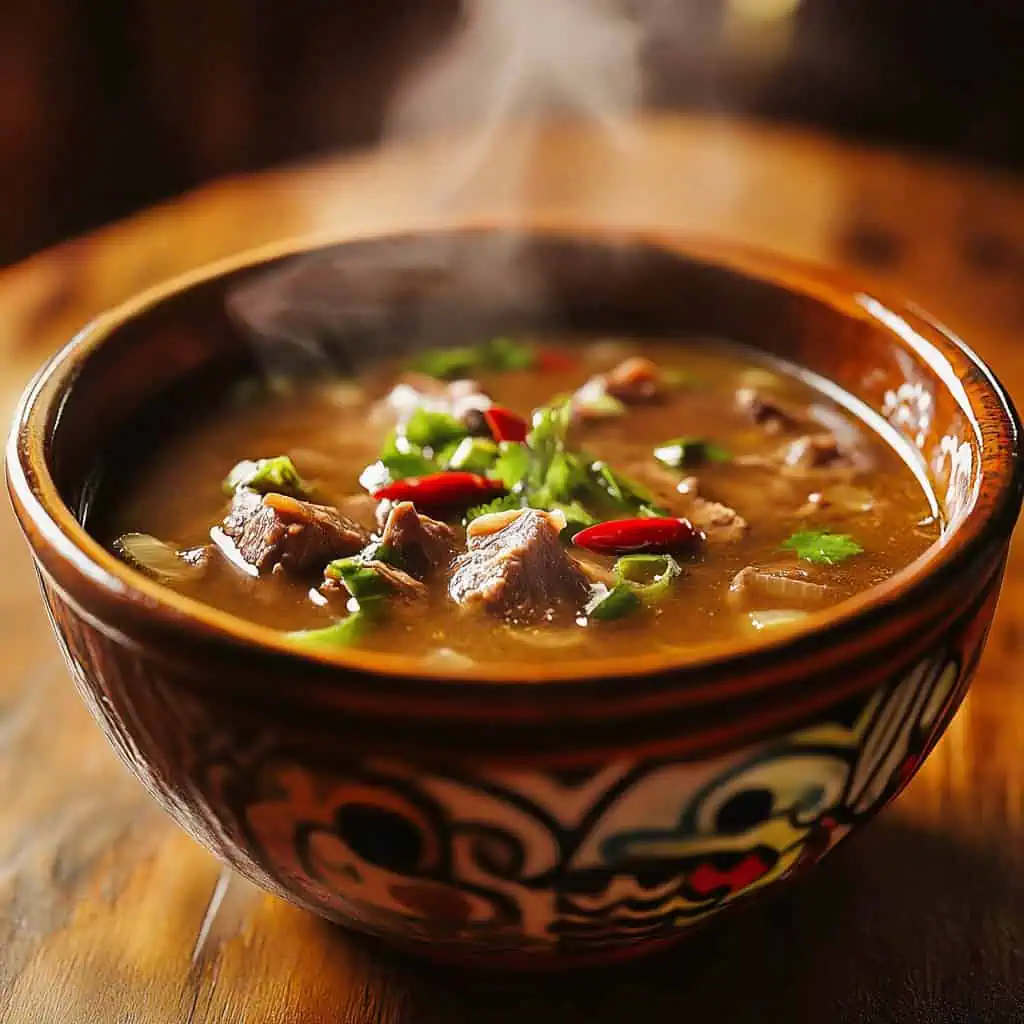

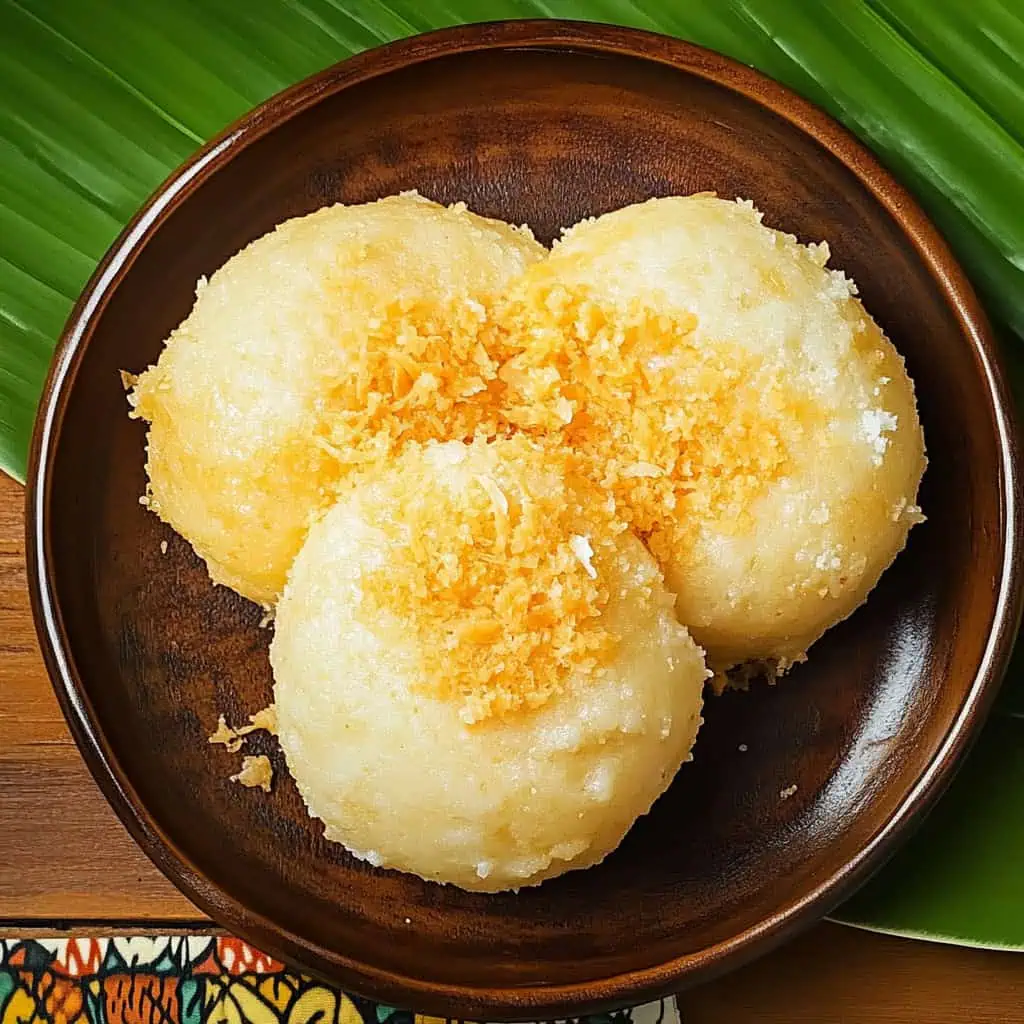
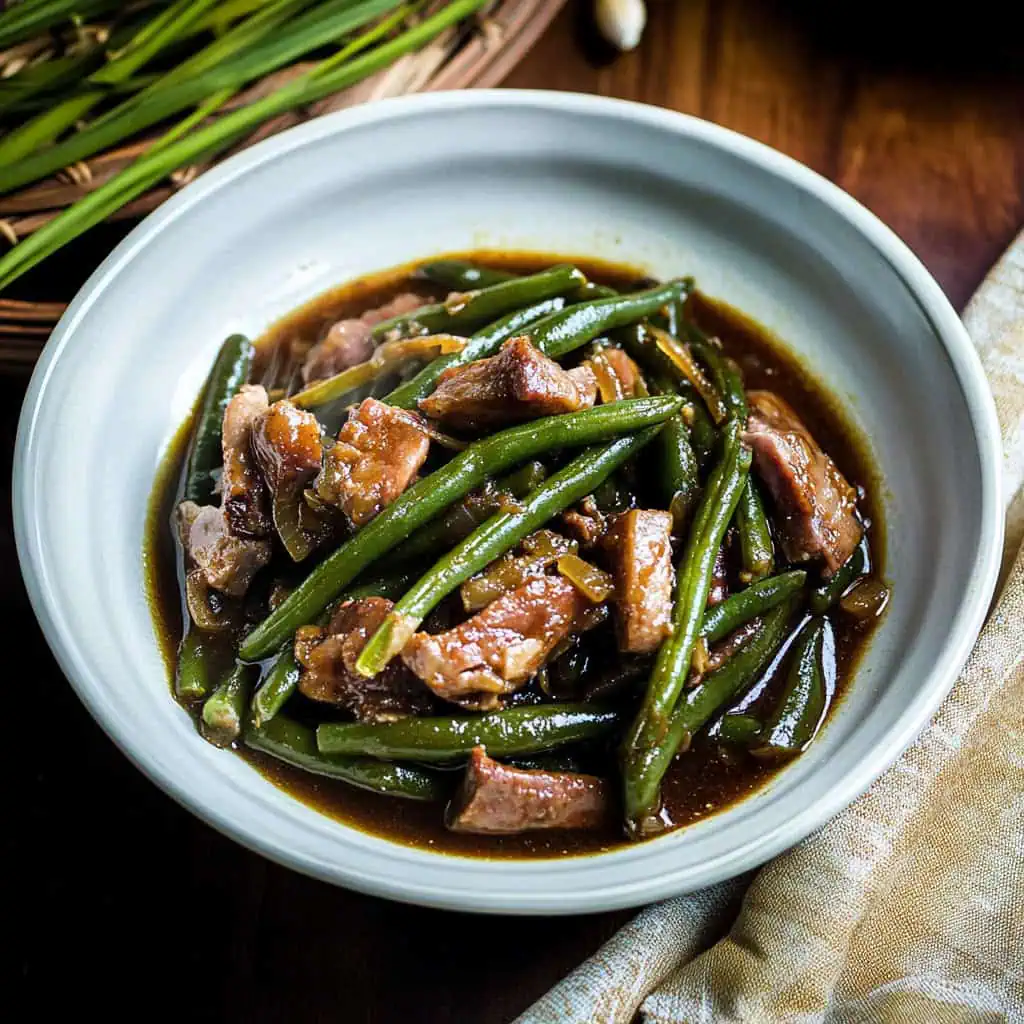

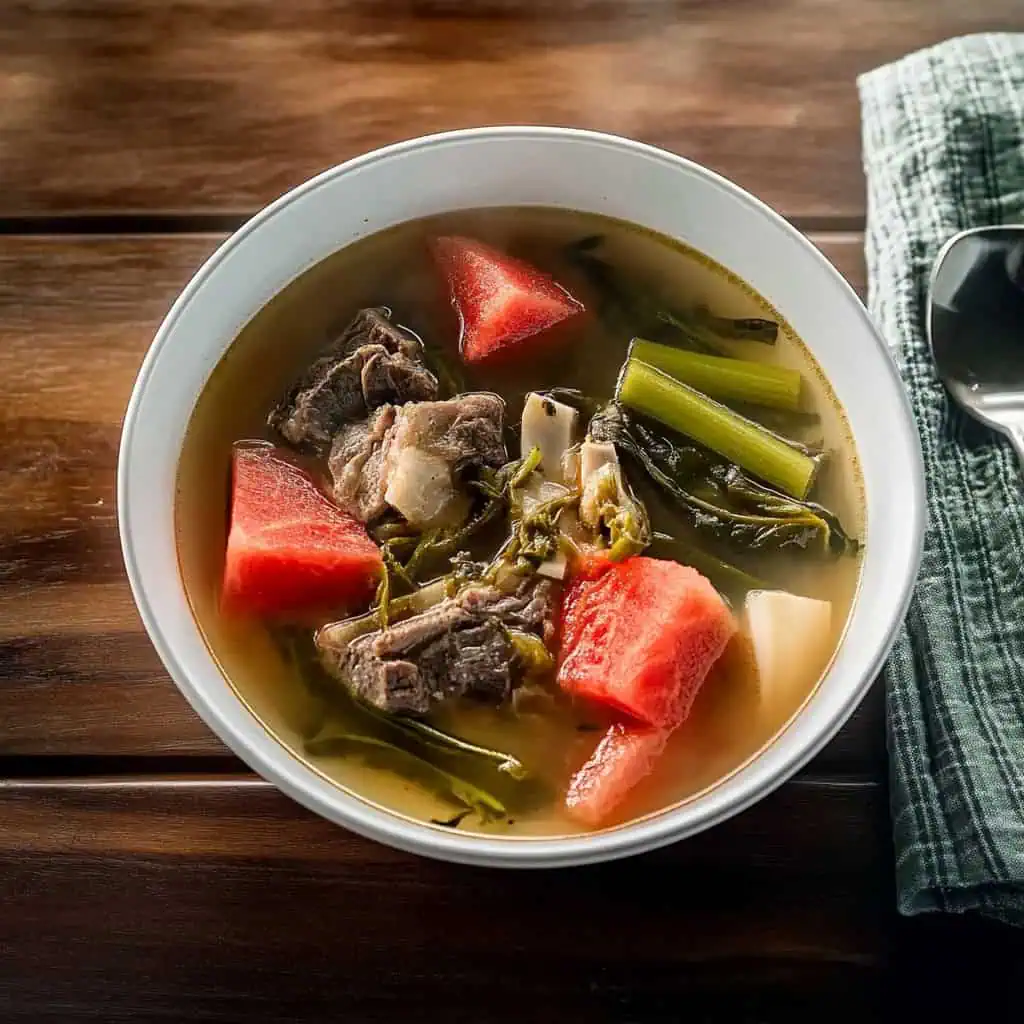

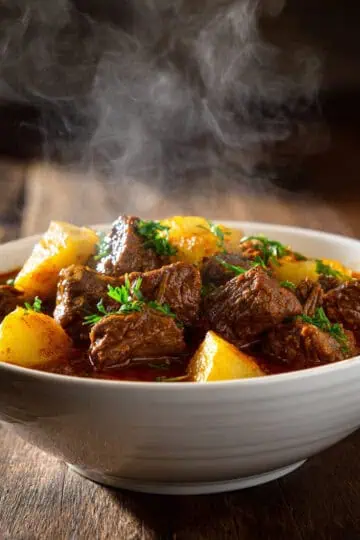
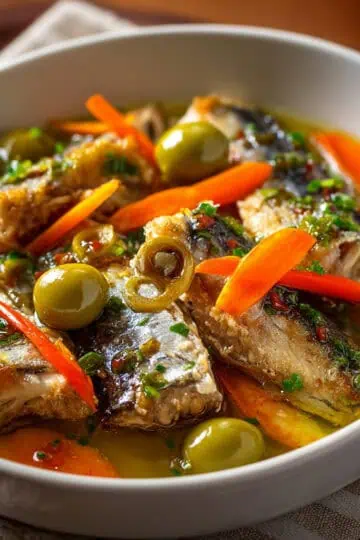

Comments
No Comments